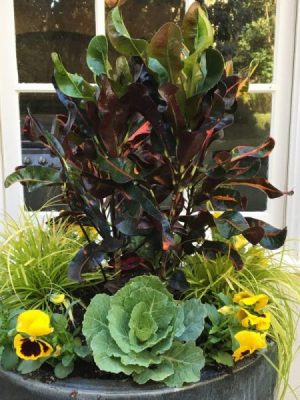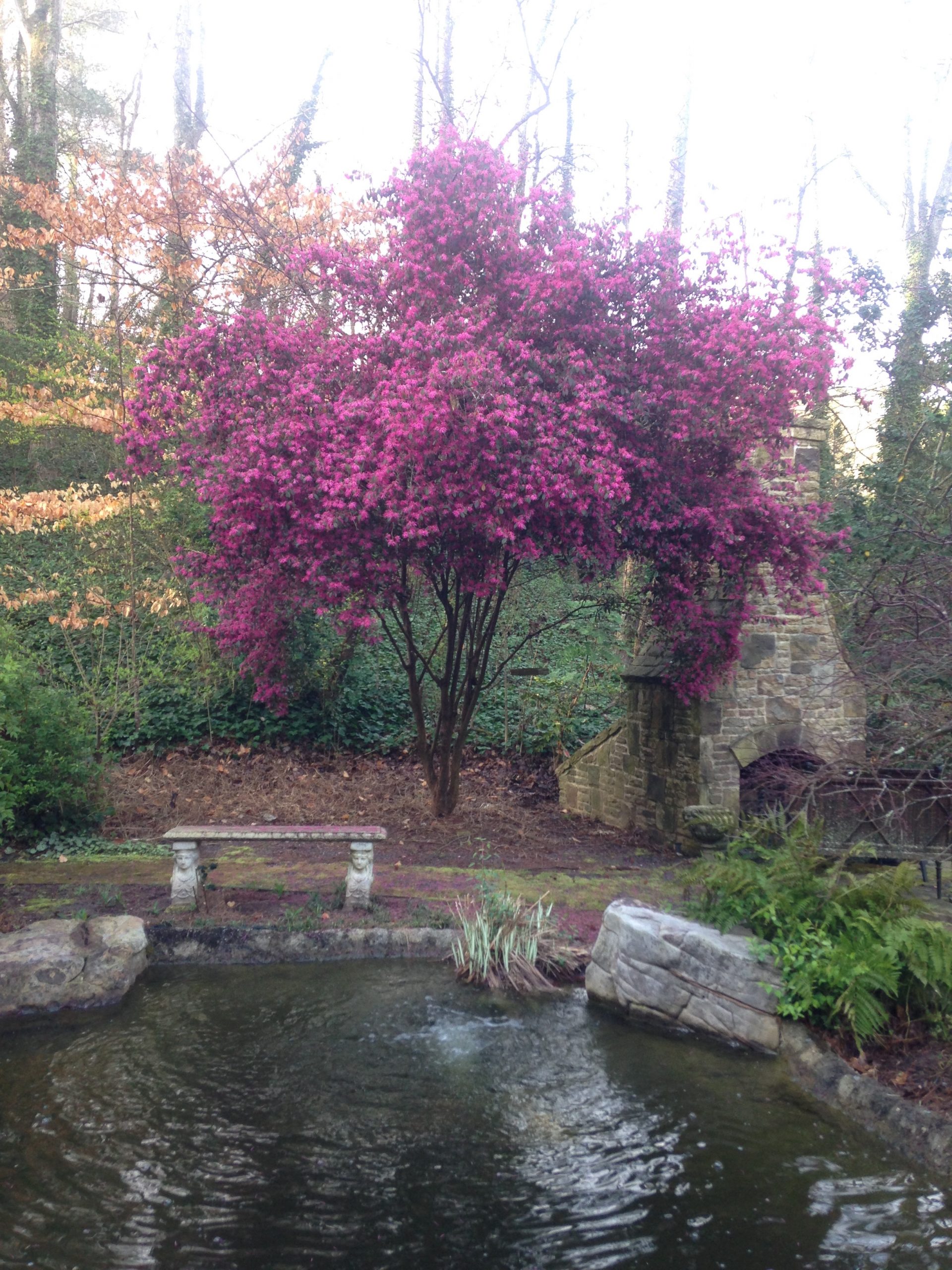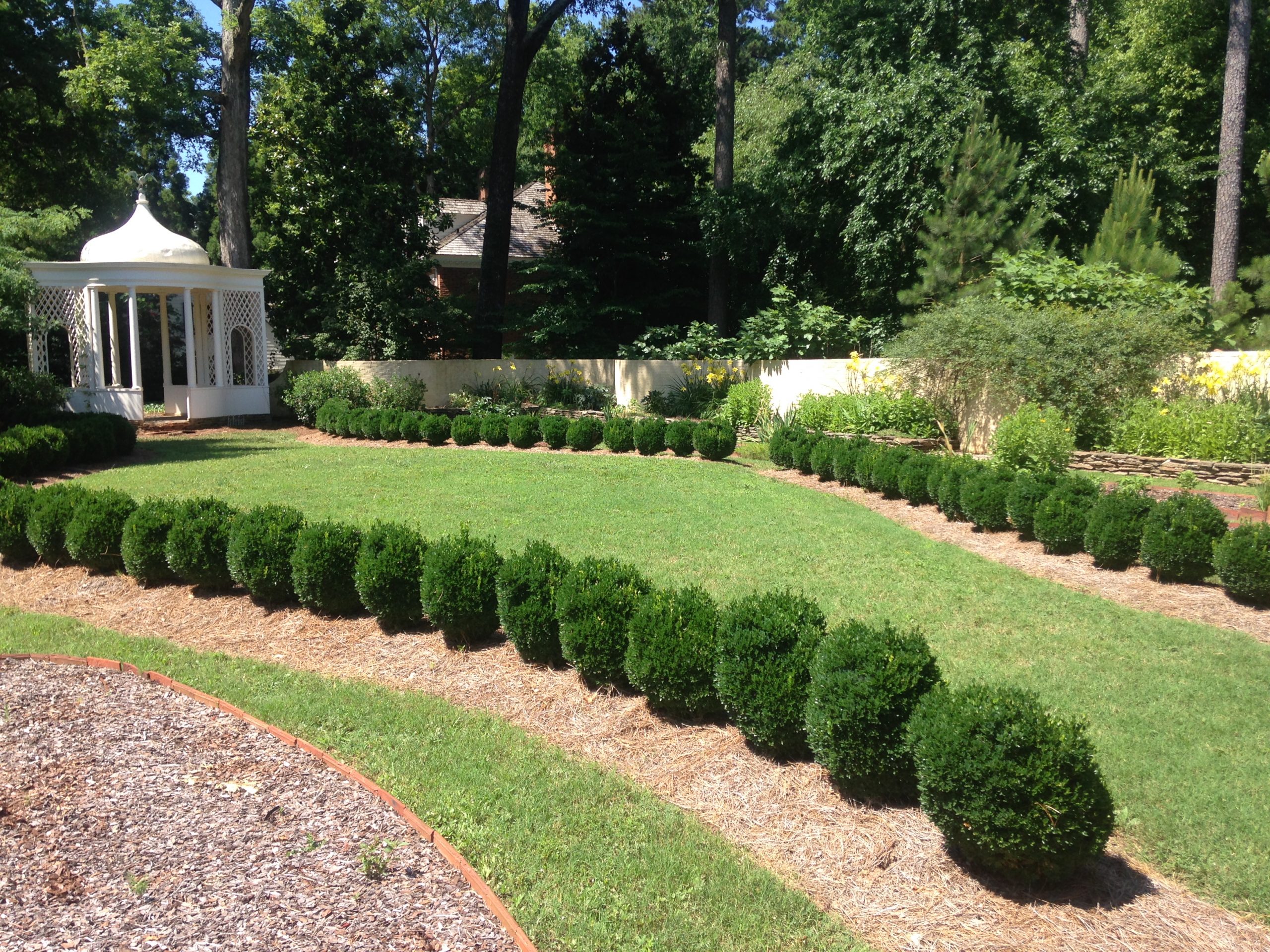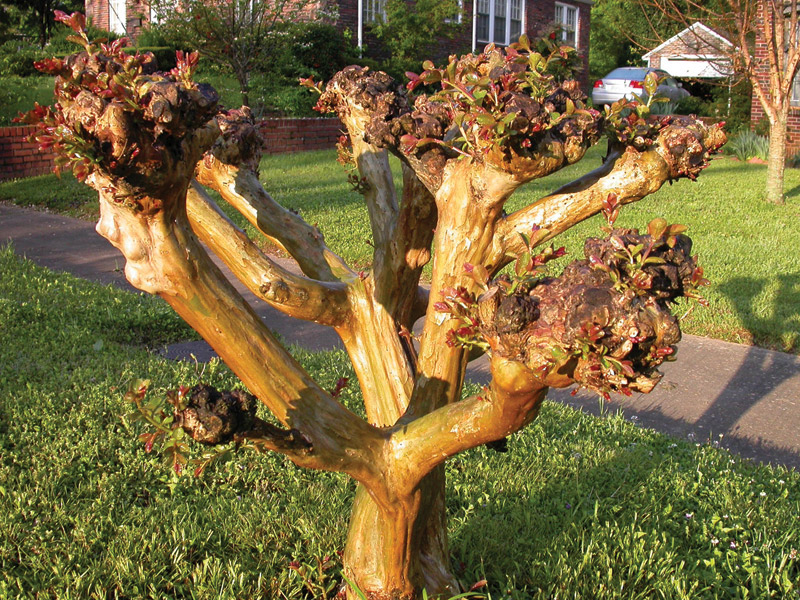Fall in Atlanta – the leaves ablaze in rich, autumn colors, stadium lights shine on (half-empty) football games, and the air is crisp and refreshing… {sound of chalk screeching across the chalkboard}…okay, maybe the air isn’t crisp yet, but it’s still Fall. Woohoo!
Unfortunately, with Fall comes that “’tween” stage in basic plant care: plants are beginning to batten down the hatches for winter and leaves fall like rain, wedging themselves into every nook and cranny of your plants. Liriope is browning at the tips, Hostas look like Bigfoot stepped on them, and Hydrangeas are hanging on to a few of the worst-looking leaves as if their lives depended on it.
In Atlanta’s challenging climate, properly timed pruning and plant care is critical in keeping your plants healthy, flowering and disease-free. But these are the ‘tween months – it’s too late to prune Azaleas and some Hydrangeas, yet too early to prune Roses and scalp Liriope. So, you say, “great information, but what can I do now to spruce things up a bit? And more important, what should I do now??”. I’m glad you asked. Here are a few plant-care tips that will improve the appearance of your garden even in Fall.
Deadheading your Hydrangeas is a high-impact task you can safely do now. Some like to leave the dead blooms on Hydrangeas, but there is one benefit to deadheading: dead flowers, and any dead wood, sap nutrients from plants. The less dead, the more nutrients are available for the plant to thrive.
Hostas are another high-impact opportunity. Now is a safe time to start pulling / cutting off leaves that have died back or on their way out. If you have a lot of Hostas, this is a high-return task because it will make a big improvement in the appearance of your garden.
This is also true with most flowering perennials, from Daisies and Black-eyed Susans to Astilbe and Asters. Let’s admit it: this time of year many of us question our decision to ever plant them, but then they redeem themselves every summer.
Hellebores may seem like they fall into this category, but we advise against doing much to them right now. They may be looking a bit rough, but we prefer to leave the damaged leaves on the plant for protection in case we have a real winter…you remember, like the one we had in…1999? Pruning the damaged leaves from Hellebores is best done in late winter or very-early spring, just as they’re sprouting new growth.These are just a few things you can do now to practice good plant care and make your garden a little neater. Check back soon for the next installment, filled with Camellias and Crapes and Liriope, oh my!




